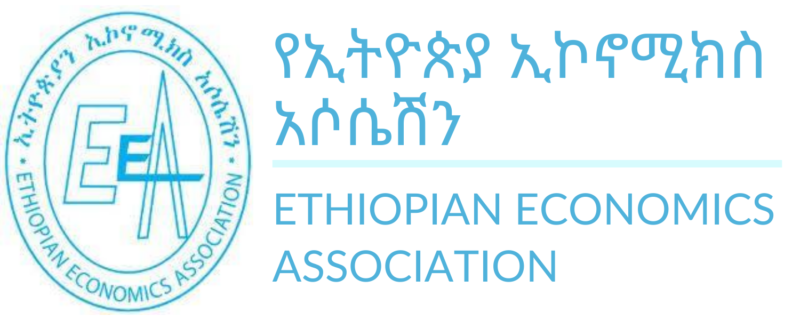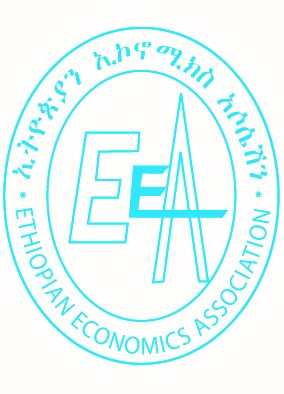Abstract
This study used co-integration and vector error correction model (VECM) to
examine the causal relationship between the growth rate of real Gross Domestic
Savings (GDS) and growth rate of real Gross Domestic Product (GDP) for
Ethiopia. The estimation was undertaken for the period 1965-2013, using Eview9
software. In the analysis, the time series properties of macroeconomic variables
were ascertained by using the Augmented Dickey Fuller (ADF) unit root test
procedure. Finally, the long-run relationship between variables was explored by
utilizing the Johansen procedure. The ADF test showed that there was unit root
after the first difference. The estimated results indicated at most four order of
integration or I(4) for the series was considered. From the result, the coefficient
of the co-integrating equation indicates that about 73.3 percent of disequilibrium
corrected each year by change in aggregate domestic saving with respect to
income, money supply and price. Gross domestic savings in Ethiopia are affected
by age dependency ratio, real exchange rate, real interest rate, real gross
domestic product, foreign capital inflow and money supply both in the short and
long run. Elasticity of exchange rate with respect to domestic savings is high and
significant in the long run. This implied that continuous depreciation of real
exchange rate has a direct impact on encouraging domestic savings. This would
improve terms of trade and foreign capital inflow. Addressing institutional
(through sensible policies such as formalization of the informal sector) and
structural problems (such as infrastructural provision and efficient and relevant
education policy) is also noted in the empirical literature as influencing savings
mobilization.

